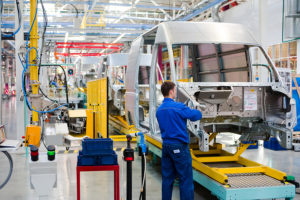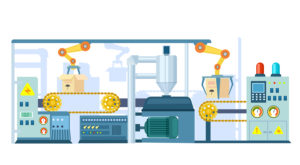Everyone wants to bring manufacturing jobs back to the United States. At least that’s what the news outlets say. The concept is solid: Many Americans are ready for a return to manufacturing prominence. But there’s also a problem: Manufacturers aren’t ready … yet.
In a 2015 survey, over 80% of international manufacturers — including those in the U.S. — revealed operational complexity as one of their top concerns. These technological operation failures have caused lost shipments, a rise in customer complaints, and lack of motivation for employees.
Gone are the days of factory floors filled with employees and loud, dirty machines. Today’s sleek factories are mostly automated and have staffers skilled in product construction as well as IT. And this is how your manufacturing business — whether big or small — is likely to survive as well as thrive. But how can you move your plant into modern times?
 Embrace innovation. You can modernize in small steps, and if you invest in yourself, it’ll be easier to invest in your company. You may have to deal with initial budget cuts as your workforce needs shift, but there are many upsides to modernization. Modern technology can provide your plant with new manufacturing functionality. Introducing cutting-edge technology may encourage your workers to ask for training or train on their own time to ensure they can work in the new plant. When this happens, you can retain talent for longer periods instead of losing them to modern plants.
Embrace innovation. You can modernize in small steps, and if you invest in yourself, it’ll be easier to invest in your company. You may have to deal with initial budget cuts as your workforce needs shift, but there are many upsides to modernization. Modern technology can provide your plant with new manufacturing functionality. Introducing cutting-edge technology may encourage your workers to ask for training or train on their own time to ensure they can work in the new plant. When this happens, you can retain talent for longer periods instead of losing them to modern plants.
Put customers first. You’re the expert in manufacturing terms, so it’s time to lead your customers toward the right materials, designs, and functionality for today — and the future. Taking an innovative and proactive approach to your customers’ needs can help solidify your position as a true partner. Is there another material you think will improve their quality or lower their costs without sacrificing quality? After producing products over time, have you thought of design improvements? Could a market shift impact your customers’ businesses?
 Compartmentalize services. One of the newest trends in manufacturing is Hardware as a Service (HaaS). Like Software-as-a-Service (SaaS) models, IT departments are independent entities within companies and work with management to assist in HaaS setups. In other words, IT personnel provide potential paths instead of plant managers dictating changes. Not only can HaaS and SaaS help lower innovation costs but you can also add them as additional sales options for customers.
Compartmentalize services. One of the newest trends in manufacturing is Hardware as a Service (HaaS). Like Software-as-a-Service (SaaS) models, IT departments are independent entities within companies and work with management to assist in HaaS setups. In other words, IT personnel provide potential paths instead of plant managers dictating changes. Not only can HaaS and SaaS help lower innovation costs but you can also add them as additional sales options for customers.
Be flexible in your specialty. This is where modernization works in your favor because it can allow you to innovate and come up with surprising new ideas for your plant. You don’t have to be a big manufacturer to develop a new product or lower-energy way to manufacture existing materials.
All in all? Modernize. If you want to be part of the next generation of manufacturers who make the best U.S. products, you’ve got to start innovating today.
 And when you do, consider reviewing your maintenance and repair schedules. At Global Electronic Services, we’re so confident we can repair your issues the first time that we offer an 18-month in-service warranty. Contact us or call 877.249.1701 for your industrial electronic, servo motor, AC or DC motor, hydraulic, and pneumatic needs.
And when you do, consider reviewing your maintenance and repair schedules. At Global Electronic Services, we’re so confident we can repair your issues the first time that we offer an 18-month in-service warranty. Contact us or call 877.249.1701 for your industrial electronic, servo motor, AC or DC motor, hydraulic, and pneumatic needs.